“The Board’s Strategy Session, October 2030”
As the first rays of dawn slip through the curtains, you blink awake in the quiet of your hotel room, head still heavy with thoughts of the important board corporate strategy session you’re attending today. Your smart-hotel room senses your morning movement and begins to orchestrate a symphony of automation as the curtains slowly open and fresh coffee brews to welcome the day. Detecting your awakened heart rate, a soothing voice emanates from the smart-device you now wear all the time bidding you good morning.
“Good Morning. Today’s date is October 28th, 2030. The current temperature registers at 27 degrees Celsius. Your schedule reveals a singular engagement, a Board strategy session, slated for 9:30 am. Do you wish to see today’s feed?” As you mumble yes and don your lightweight virtual reality glasses, an image of your face is captured that serves as a portal to illuminate the air with your 3-D custom feed of physiological health metrics, news preferences, emails, and social media highlights. With the glasses resting comfortably over your eyes, your vision transforms before you and integrates your world.
Thanks to AI and the inexpensive cost of sequencing a person’s DNA, the world is no longer confined to the constraints of one-size-fits-all medication. Your wearable device swiftly analyzes your vital signs, and the updated data is immediately sent to your health care provider so that your prescription drug and dosage can be tailored to your unique genetic makeup. You scan the air’s projected feed and quickly glide through your international news feed which often highlights climate-related weather events and articles about the geo-political leadership struggles between the United States and China. Other interesting articles you review include NASA’s continued search for life and orbital space junk hampering flight, the entire ocean floor has been mapped, the metaverse and generative AI markets have hit a new trillion market share, the launch of the new 6G cellular network standard and smart grid tech across all developing nations, depression is the #1 disease in the world, and the end of Windows 10. A smart ad appears for you to upgrade your home to solar windows (transparent solar panels that look like regular windows but capture energy and convert it to energy) and you send it to your partner for consideration. You wonder if your credit rating may be impacted soon by changes in climate policy as technology, consumer and market sentiment adjust to a lower-carbon economy.
You now swipe to see your social media and a flag appears – it’s your grandchild’s birthday. The magic of AI has already curated a list of thoughtful gift suggestions perfectly suited to their “Solarpunk” tastes. You muse at the Now-Gens (millennials, Zs and Alphas) and their Solarpunk era of clean, green philosophy and lifestyle. A sense of nostalgia washes over you as you consider the stark contrast between your own upbringing and the world your grandchild is growing up in. At the last Board meeting in the metaverse boardroom, HR noted that 75% of the workforce are Now-Gens and a discussion ensued regarding their main priorities which are sustainability, existentialism, and technology. You review the gift options and purchase the backpack that sells excess kinetic energy back to the grid. Thanks to drone delivery, the gift will be there in 30 minutes. You recall the days of going to the shopping mall to buy a gift, but now, more than half of the malls are gone, chequebooks are extinct, and banknotes and coins are only used in rare transactions. You keep getting email reminders from your bank to ditch your physical credit and debit cards and store your bank account information in your wearable device to pay for all goods and services. With advanced biometrics, such as voice, fingerprint and face recognition, and smart products like grocery-buying fridges, you recognize that paying with advanced wearables is more secure and easier than remembering pin codes and being plagued by credit card fraud.
You hop out of bed and the hotel furnishings reconfigure themselves to create more space, a feat of innovation known as Furniture Customization Transformation (FCT). FCT has been a huge trend since living spaces in urban areas have become smaller due to cost, Now-Gen’s philosophy of minimalism (not amassing “stuff”) and their preference to rent goods and services. These factors have had a huge impact on the housing market as more than 50% of homes are now rented.
Awaiting your presence at the hotel’s entrance is a pre-arranged self-driving vehicle, a seamless fusion of autonomy and transportation. As you enter the vehicle, a voice message extends its virtual hospitality and you begin your travel, operated by a combination of AI, electronic sensors, advanced mapping, and communications between cars and infrastructure, which have significantly reduced traffic accidents and travel time. As you look out the window, some of the office buildings you pass have been converted to vertical farms which grow produce and grains controlled with AI and raise lab-grown meat. It’s incredible that Canada is now considered a global food superpower, and Russia is said to be next.
Upon your arrival to the Board strategy session, you are greeted by a new face at the front entrance. Across its chest displays its name: GRIN, which stands for “Greetings Robot with Intelligent Networking.” GRIN uses AI facial recognition to confirm your identity and provide you with your pass into the meeting. This AI-driven innovation not only streamlines entry processes, but also enhances security measures, ensuring the safety of all attendees (very efficient for entry to the football game you recently attended). In 2030, service robots now number 1 billion worldwide. It’s not surprising that 50% of manufacturing jobs have transformed in the Fourth Industrial Revolution as the boundaries between the physical, digital, and biological worlds have fused due to advances in AI, robotics, the Internet of Things (IoT), Web3, blockchain, 3D printing, genetic engineering, quantum computing, and other technologies.
As you step into the conference room, you are welcomed by a congregation of peers, many of whom you have not seen in years since transitioning to permanent remote work in 2026. There are also many faces missing since most of the Boomers have retired or are busy implementing their succession plans. As per a recent Board Education session, it was noted that the 2030s are witnessing the largest wealth transfer in history as more than $68 trillion is being bequeathed by the Baby Boomer Generation to their Millennial children, thereby making Millennials the wealthiest generation in history.
After catching up with fellow attendees, you settle into your seat and engaging strategic discussions begin which must consider: stakeholder priorities, digital modernization (digitizing old/offering new solutions, data security imperatives, and the rise of quantum computing), new requirements for balance sheets (business disruption, ESG, unemployment, deposit and interest rates), the nuances of talent, evolving customer & environmental imperatives and enhanced legislative, regulatory and security standards evolution, such as diversity and modern slavery.
In the wake of these realizations, you find yourself contemplating the Board’s existing and future state of governance. 10 pivotal questions arise for the Board to consider:
- What is the purpose of the organization (the fundamental reason we exist)?
- What is the governance culture of the organization (how does leadership distill the vision in a way that reflects core values, long-term goals, and commitments)?
- What is the Board’s responsibility for decision-making and oversight of the organization’s impact on the economy, environment, and people?
- Is there an appropriate governance framework (legal, regulatory, economic, social foundations) and structure to enable leadership’s direction and oversight?
- How is the purpose, vision, and values communicated to and include stakeholders?
- How does the Board reflect the actions and behaviours to positively impact trust, foster a culturally healthy work environment and promotes EDI?
- Does the Board review and approve the ESG (sustainability) strategy and is it adequately aligned/integrated with the organization’s corporate strategy?
- Does the Board have adequate training and education on emerging trends in modern, sustainable governance?
- Do we possess Directors that are “futureholders” (those that challenge world values, systems, and practices; are connected and confident in their abilities; and enable compassion to be a leading force in their decisions)?
- Is our strategy future-focused enough and does our governance structure support it?
As you reflect on the changes you’ve seen in the last decade, you begin to contemplate how your organization can sustainably position themselves to be resilient for the next 10 years. Your next Board meeting is tomorrow and it will be interesting to welcome the new Director – an AI entity. As a futureholder Director, you will have to ask the biggest question of them all: How do we best govern what’s next?
Resources:
https://www.csis.org/analysis/four-scenarios-geopolitical-order-2025-2030-what-will-great-power-competition-look https://www.forbes.com/sites/cathyhackl/2021/04/18/five-kids-from-the-future/?sh=47a02beb7a37 https://www150.statcan.gc.ca/t1/tbl1/en/tv.action?pid=1410028702&pickMembers%5B0%5D=1.1&pickMembers%5B1%5 D=3.1&cubeTimeFrame.startMonth=09&cubeTimeFrame.startYear=2023&referencePeriods=20230901%2C20230901 https://www.mckinsey.com/featured-insights/future-of-work/jobs-lost-jobs-gained-what-the-future-of-work-will-mean-for jobs-skills-and-wages
https://futuretimeline.net/21stcentury/2030-2039.html
https://www.ft.com/content/588a38c2-ffb9-11e9-be59-e49b2a136b8d
https://www.forbes.com/sites/forbesfinancecouncil/2023/03/09/the-future-of-mortgage-lending-how-ai-and-humans can-coexist/?sh=4b7a8a054a62
https://www.lse.ac.uk/granthaminstitute/news/how-can-we-better-understand-the-threat-that-climate-risk-poses-to financial-stability/#:~:text=There%20is%20already%20some%20evidence,to%20a%20lower%2Dcarbon%20economy.
https://www.mckinsey.com/industries/automotive-and-assembly/our-insights/autonomous-drivings-future-convenient and-connected
https://www.forbes.com/sites/jackkelly/2023/08/09/the-great-wealth-transfer-from-baby-boomers-to-millennials-will impact-the-job-market-and-economy/?sh=f82245a3e4aa
https://www.wired.com/story/metas-vr-headset-quest-pro-personal-data-face/
https://theweek.com/news/environment/962312/extreme-heat-how-deadly-will-it-be-by-2030 https://www.kiplinger.com/slideshow/business/t057-s010-amazing-ways-life-will-be-different-in-2030/index.html https://www.salesforce.com/blog/what-is-the-fourth-industrial-revolution-4ir/



